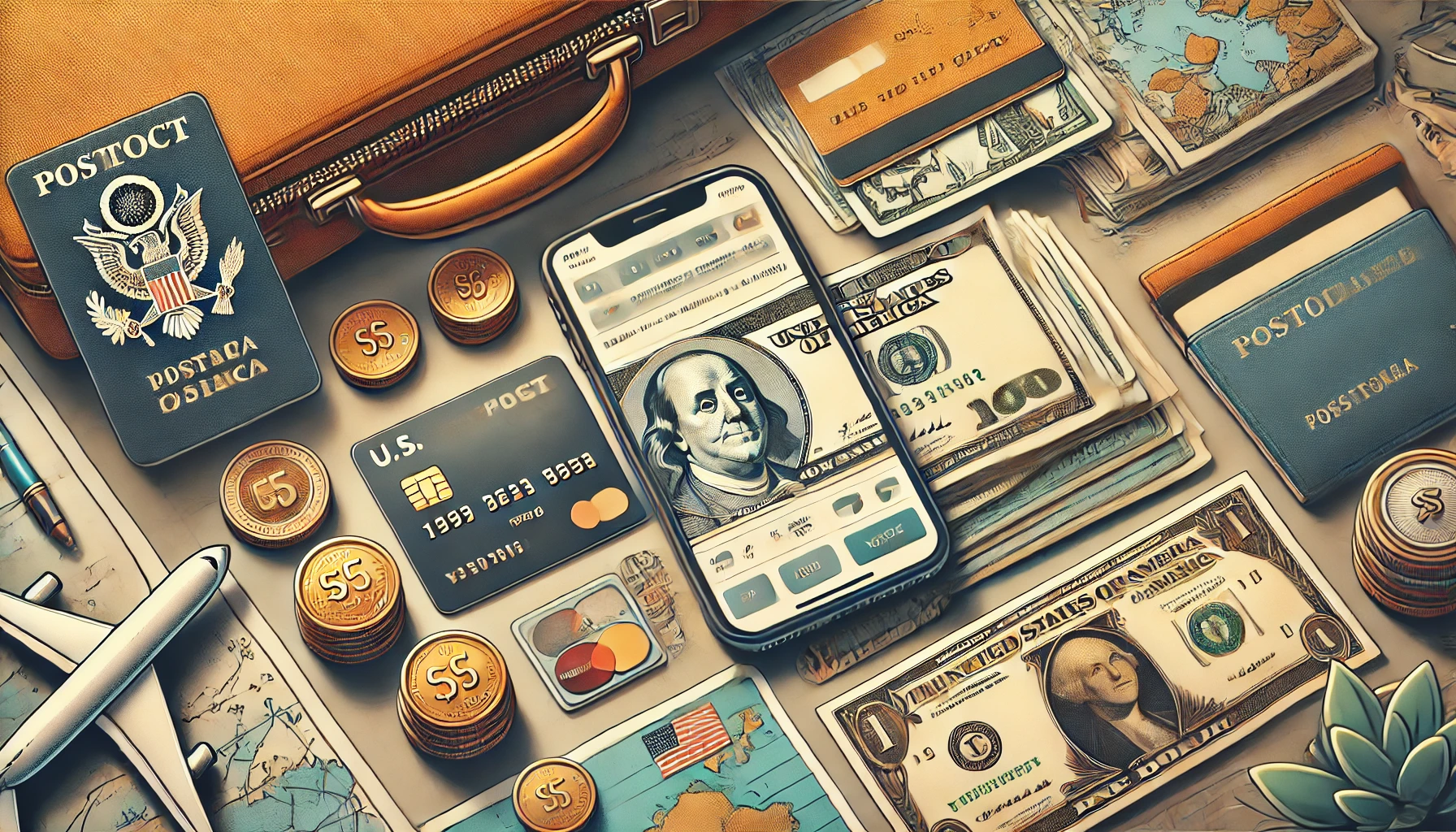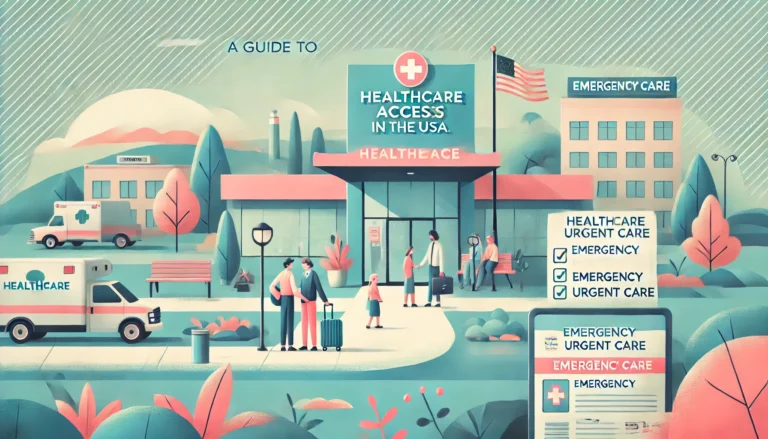Understanding American Currency A Guide for Travelers
Introduction
When traveling to the United States, it’s essential to familiarize yourself with the currency system to ensure smooth financial transactions during your stay. This guide provides vital information about American currency, including its denominations, payment methods, and tips for managing money while traveling.
Understanding American Currency A Guide for Travelers
1. Overview of American Currency
The U.S. Dollar
- Currency Name: The official currency of the United States is the U.S. Dollar (USD).
- Symbol: The symbol for the U.S. dollar is $.
- Subunit: The dollar is divided into 100 cents.
Banknotes and Coins
- Banknotes: Common denominations include:
- $1 (George Washington)
- $5 (Abraham Lincoln)
- $10 (Alexander Hamilton)
- $20 (Andrew Jackson)
- $50 (Ulysses S. Grant)
- $100 (Benjamin Franklin)
- Coins: Common coin denominations include:
- Penny: 1 cent
- Nickel: 5 cents
- Dime: 10 cents
- Quarter: 25 cents
- Half Dollar: 50 cents
- Dollar Coin: 100 cents (less commonly used)
Color and Design
- U.S. currency features distinct colors and designs, making it easy to differentiate between denominations. Each bill has unique images, symbols, and security features to prevent counterfeiting.
2. Obtaining Currency
Exchanging Money
- Currency Exchange Services: You can exchange your home currency for U.S. dollars at banks, currency exchange booths, and some airports. Always compare rates to get the best deal.
ATMs
- Using ATMs: ATMs are widely available throughout the U.S. You can withdraw cash in U.S. dollars using your debit or credit card. Be aware that your bank may charge fees for international withdrawals.
Credit and Debit Cards
- Card Acceptance: Major credit and debit cards (Visa, MasterCard, American Express) are widely accepted in stores, restaurants, and hotels. However, it’s advisable to carry some cash for small purchases, tips, or places that may not accept cards.
3. Making Payments
Cash Payments
- Using Cash: While cash is still commonly used, especially for smaller transactions, many places prefer card payments. It’s essential to carry small bills for tips, public transportation, and small purchases.
Credit/Debit Card Payments
- Chip Technology: Most U.S. credit and debit cards use EMV chip technology for secure transactions. Simply insert the card into the reader or tap it if contactless payment is available.
- PIN Requirement: Depending on the card and the terminal, you may be required to enter a PIN or sign for purchases. Always verify the payment method with the merchant.
Mobile Payments
- Digital Wallets: Services like Apple Pay, Google Pay, and Samsung Pay are widely accepted in the U.S. Ensure your mobile wallet is set up before traveling for convenient transactions.
4. Understanding Prices and Tipping
Sales Tax
- Sales Tax: Prices displayed in stores often do not include sales tax, which varies by state (generally between 4% to 10%). Be prepared for the final price to be higher than the tag price.
Tipping Culture
- Tipping Norms: Tipping is customary in the U.S. and is often expected in service industries. Common tipping guidelines include:
- Restaurants: 15% to 20% of the total bill.
- Taxis: 10% to 15% of the fare.
- Hotel Staff: $1 to $5 per night for housekeeping.
5. Safety and Security Tips
Protecting Your Money
- Use Secure Locations: When carrying cash, keep it in a secure location, such as a money belt or a zipped bag. Avoid displaying large amounts of cash in public.
- Monitor Transactions: Regularly check your bank and credit card statements for unauthorized transactions. Report any suspicious activity to your bank immediately.
Emergency Funds
- Backup Options: Consider carrying a backup payment method, such as an emergency credit card or traveler’s checks, in case your primary payment method is lost or stolen.
Conclusion
Understanding American currency is vital for a seamless travel experience in the United States. Familiarize yourself with the currency system, how to obtain cash, and the various payment methods available. By following this guide, you can confidently manage your finances and enjoy your time exploring the diverse landscapes and attractions of the USA.





